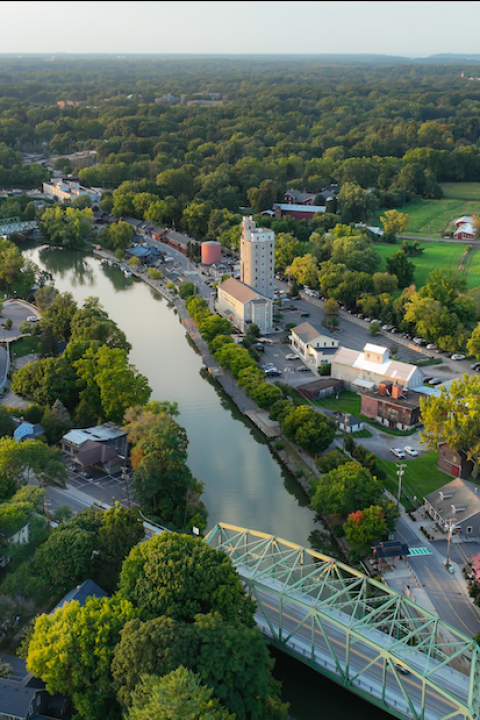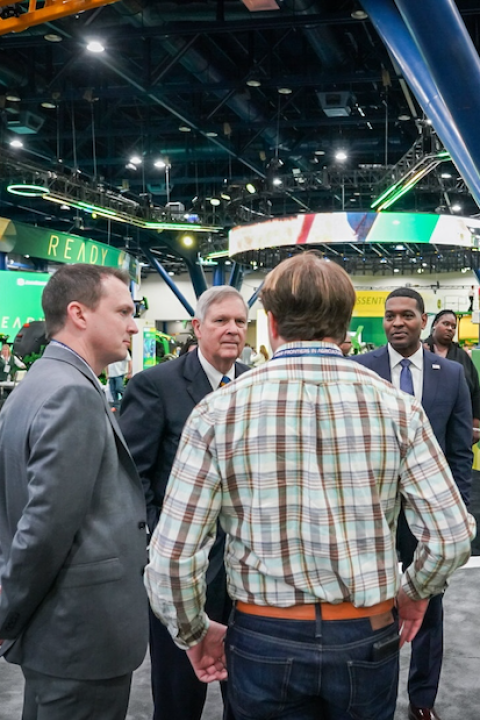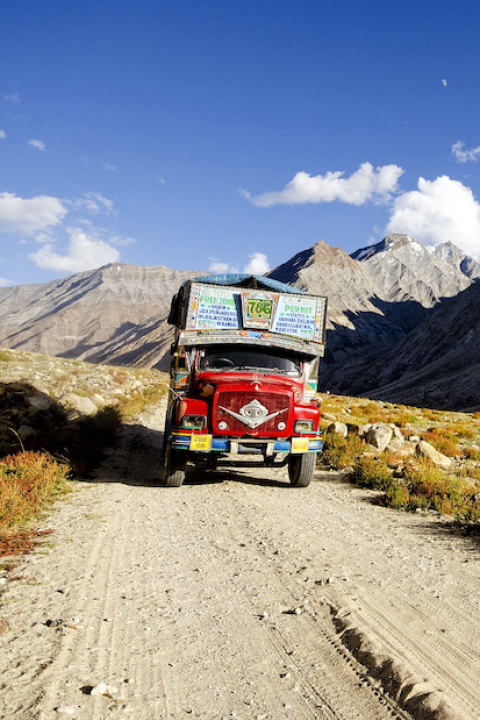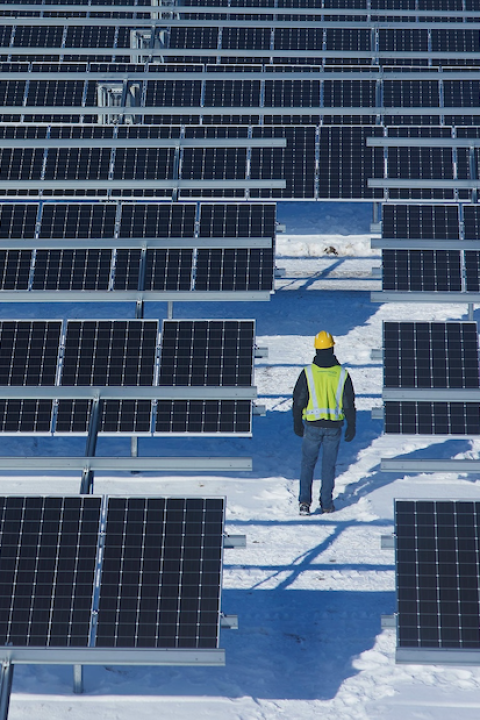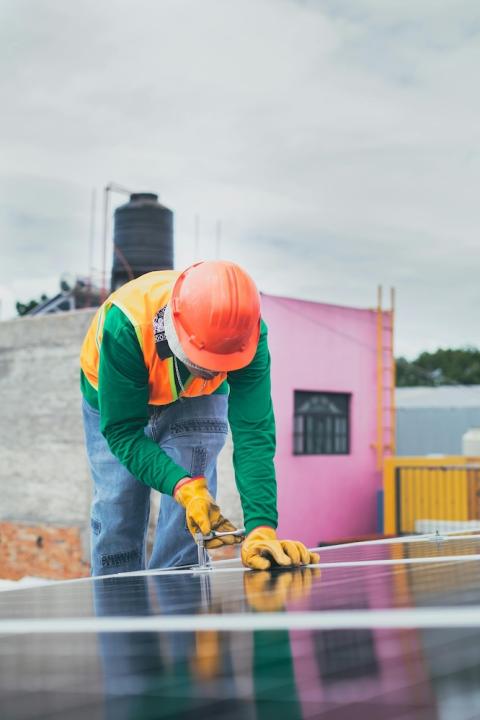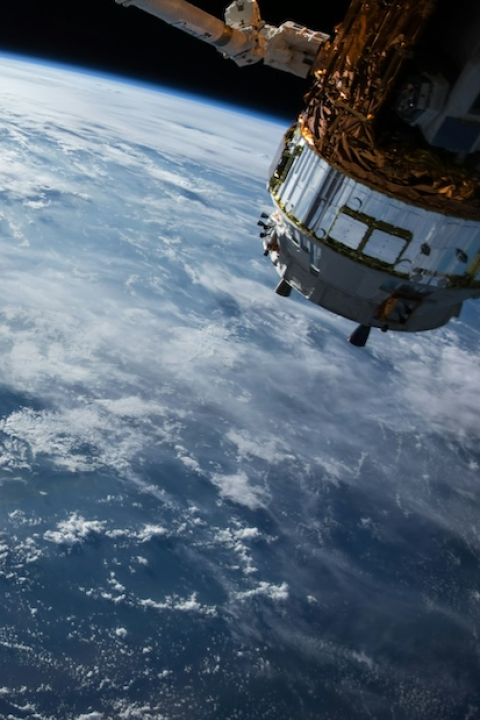
Nicole Rycroft (left), founder and executive director of the nonprofit Canopy.
“Deforestation is a relic of the 20th century and needs to be left back there,” said Nicole Rycroft, founder and executive director at Canopy, an environmental organization dedicated to ending deforestation by connecting companies with next-generation solutions. “We are smarter than using thousand-year-old trees and vibrant forest ecosystems to make T-shirts and pizza boxes.”
Yet we continue to do so, with roughly 15 billion trees harvested each year. Over 6.5 million hectares were deforested last year alone, a 4 percent rise over 2021. Thus there’s little evidence the world will even come close to reaching zero deforestation by 2030 — a goal set at the COP26 climate talks when 145 countries signed on to the Glasgow Leaders Declaration on Forests and Land Use. Instead, we’re moving in the wrong direction.
Five billion felled trees are used to produce packaging, paper and semi-synthetic textiles annually, Rycroft said. Instead of cutting down old-growth and endangered forests to make products with such short lifespans, materials can be sourced from low-carbon, circular alternatives.
“There are mountains of waste burned or landfilled every year — be it discarded clothing, agricultural residues like straw or industrial food waste,” she said. “Modern next-gen alternatives utilize these waste materials as input rather than climate and species-rich forests, and in doing so, enable brands to bypass any controversial forest fiber.”
From fast fashion to luxury brands, more than 900 companies have worked with Canopy to develop internal policies and solutions that eliminate sourcing from ancient and endangered forests — including Ben & Jerry’s, H&M, Stella McCartney and Zara’s parent company Inditex.

So, what’s stopping more companies from making the switch to waste-based inputs for their packaging, paper and fabrics? Not only is there the cost associated with transitioning away from traditional tree-based inputs, but there is also a need for more transparency in supply chains and more government regulation, Rycroft said.
"The journey to reverse deforestation and forest degradation is deeply rooted in traditional industry practices that rely on ‘take-make-waste’ production systems and powerful entities with deeply vested interests in current production models,” she said. “Our approach at Canopy is to challenge and change current carbon-intensive production by fostering innovative partnerships with leading brands to create the economic incentives for suppliers and governments to change ‘business as usual’ practice.”
Switching to waste-based materials instead of harvesting new ones from the planet’s dwindling supply of forests doesn’t just release less carbon, but it also maintains existing carbon sinks. Each ton of waste-based material eliminates four tons of carbon emissions compared to a ton of material from culled trees, Rycroft said.
But producers have to see the value in evolving, which means there has to be a market reward for them to do so, she said. As such, Canopy is working with brands to scale up in the interest of converting the supply chain from one that relies on processes that are destroying biodiversity and the climate in favor of a sustainable, circular model that puts waste to use instead.
“Keeping forests standing has been consistently identified by economists and scientists as the fastest, cheapest and most effective way to stabilize our climate. Failing to invest in ending deforestation will have far more dire and expensive consequences for our planet and future generations,” Rycroft said. “The cost of inaction goes beyond financial implications. It's about the irreversible damage to biodiversity, the exacerbation of climate change, and the loss of vital ecosystems that are crucial for our survival. Forests are more than just trees —– they are complex ecosystems that are the lungs of our planet, crucial for carbon sequestration and precipitation cycles, and home to countless species.”
The cost of continuing business as usual is too high. Yet the world’s economy is structured in such a way that too many businesses will not do things differently until they are forced by government regulation or, more likely, stand to gain a substantial profit. While it doesn’t make sense to continue cutting down forests to make disposable products when the more sustainable alternative is dumped in landfills year after year, the question is: Will it be possible to scale up this solution in time to stop deforestation before it's too late? In a sense, changing how we make paper, packaging, and certain textiles is a race against the clock to save us from ourselves.
Images courtesy of Canopy

Riya Anne Polcastro is an author, photographer and adventurer based out of the Pacific Northwest. She enjoys writing just about anything, from gritty fiction to business and environmental issues. She is especially interested in how sustainability can be harnessed to encourage economic and environmental equity between the Global South and North. One day she hopes to travel the world with nothing but a backpack and her trusty laptop.



